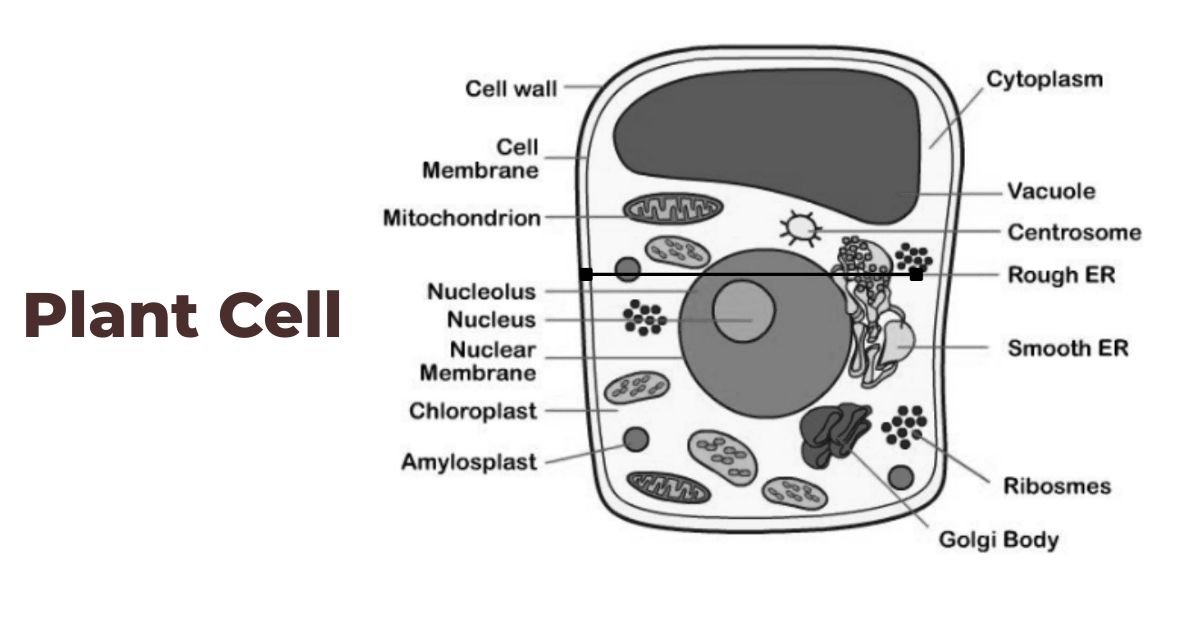Evolutionary Biology
Evolutionary biology is the branch of biology that deals with the processes that have led to the diversity of life on Earth. It focuses on the changes in organisms over time, explaining how different species are related through common ancestry and how they have adapted to their environments. This field integrates various scientific disciplines, including genetics, paleontology, and ecology, to understand the mechanisms of evolution.
This article provides an extensive overview of evolutionary biology, highlighting key concepts, mechanisms, and the evidence supporting evolutionary theory.
Introduction to Evolutionary Biology
Definition of Evolution
Evolution is the process through which species of organisms change over time through variations in their genetic makeup. These changes can result in the development of new species and the extinction of others. Evolutionary biology seeks to explain how and why these changes occur.
Historical Background
The concept of evolution dates back to ancient times, but it was not until Charles Darwin’s publication of “On the Origin of Species” in 1859 that a scientific explanation for evolution was widely accepted. Darwin proposed natural selection as the primary mechanism of evolution, where organisms better adapted to their environment tend to survive and reproduce more successfully.
Mechanisms of Evolutionary Biology
Natural Selection
Natural selection is the process by which individuals with traits that are advantageous for survival and reproduction are more likely to pass on these traits to the next generation. Over time, these advantageous traits become more common in the population.
Genetic Drift
Genetic drift refers to random changes in the frequency of alleles (variants of a gene) in a population. This mechanism is particularly significant in small populations, where chance events can have a large impact on genetic diversity.
Gene Flow
Gene flow, or gene migration, is the transfer of genetic material between separate populations. This can occur through the movement of individuals or gametes (e.g., pollen). Gene flow can introduce new genetic material into a population, increasing genetic variation.
Mutation
Mutations are changes in the DNA sequence of an organism. They can occur spontaneously or be induced by environmental factors. Mutations are the source of new genetic variation, which is essential for evolution.
Speciation
Speciation is the process by which new species arise. This can occur through various mechanisms, such as geographic isolation (allopatric speciation), where populations are separated by physical barriers, or through reproductive isolation (sympatric speciation), where populations in the same area become reproductively isolated.
Evidence for Evolution
Fossil Record
The fossil record provides a historical account of life on Earth, showing a progression of forms from simple to more complex. Transitional fossils, which exhibit traits common to both ancestral and derived species, support the idea of gradual change over time.
Comparative Anatomy
Comparative anatomy involves comparing the structures of different organisms to identify similarities and differences. Homologous structures, which are similar in different species due to shared ancestry, provide evidence for common descent.
Molecular Biology
Advances in molecular biology have allowed scientists to compare the genetic material of different organisms. Similarities in DNA sequences can indicate common ancestry, while differences can provide information about the evolutionary relationships between species.
Biogeography
Biogeography is the study of the distribution of species and ecosystems in geographic space and through geological time. Patterns of distribution can provide insights into the history of species and the processes that have shaped their evolution.
Embryology
The study of embryonic development in different species reveals that many organisms undergo similar stages of development, reflecting their common ancestry. For example, vertebrate embryos exhibit pharyngeal pouches, which in fish develop into gills and in mammals into parts of the ear and throat.
Key Concepts in Evolutionary Biology
Adaptive Radiation
Adaptive radiation is the rapid diversification of a single ancestral species into multiple species, each adapted to a specific environment. This often occurs when a species colonizes a new area with diverse habitats.
Coevolution
Coevolution occurs when two or more species reciprocally affect each other’s evolution. This can happen in predator-prey relationships, where predators evolve more effective hunting strategies and prey evolve better defense mechanisms.
Convergent Evolution
Convergent evolution is the process by which unrelated organisms independently evolve similar traits due to having to adapt to similar environments or ecological niches. An example is the evolution of wings in bats and birds.
Evolutionary Developmental Biology (Evo-Devo)
Evo-Devo is a field that combines aspects of evolutionary and developmental biology to understand how changes in developmental processes lead to evolutionary changes. This field has revealed how small changes in gene regulation can result in significant changes in organismal form and function.
Evolutionary Biology in the Modern World
Human Evolution
The study of human evolution involves examining fossils, genetics, and comparative anatomy to understand the evolutionary history of humans. Modern humans, Homo sapiens, are believed to have evolved from a common ancestor with chimpanzees about 6-7 million years ago.
Evolutionary Medicine
Evolutionary medicine applies principles of evolutionary biology to understand health and disease. For example, it explores how evolutionary history influences human susceptibility to certain diseases and how pathogens evolve resistance to drugs.
Conservation Biology
Conservation biology uses evolutionary principles to address the loss of biodiversity. Understanding the evolutionary relationships and genetic diversity of species can inform strategies for their conservation and management.
Challenges and Controversies in Evolutionary Biology
Misconceptions about Evolution
One common misconception is that evolution is a linear process leading to more “advanced” forms of life. In reality, evolution is a branching process with no predetermined direction. Another misconception is that individual organisms evolve during their lifetimes, whereas evolution occurs across generations within populations.
The Role of Genetics
While Darwin’s theory of natural selection was groundbreaking, it lacked an understanding of the genetic mechanisms underlying inheritance. The integration of Mendelian genetics with Darwinian evolution in the early 20th century, known as the Modern Synthesis, provided a comprehensive framework for understanding evolution.
Evolution and Religion
The relationship between evolution and religion varies among cultures and individuals. Some religious groups accept evolutionary theory, while others reject it. The scientific community overwhelmingly supports evolution as the best explanation for the diversity of life.
Future Directions in Evolutionary Biology
Genomics and Evolution
Advances in genomics are providing unprecedented insights into the genetic basis of evolution. Whole-genome sequencing allows scientists to compare entire genomes, uncovering patterns of genetic variation and identifying genes involved in adaptation and speciation.
Evolutionary Robotics and Artificial Life
Evolutionary principles are being applied in fields such as robotics and artificial life to develop systems that can evolve and adapt to their environments. These technologies have potential applications in various industries, including medicine, environmental monitoring, and defense.
Climate Change and Evolution
Climate change is impacting ecosystems and species worldwide. Understanding how species have adapted to past climate changes can inform predictions about how they will respond to current and future changes. This knowledge is crucial for developing conservation strategies and mitigating the effects of climate change on biodiversity.
Conclusion
Evolutionary biology is a dynamic and interdisciplinary field that provides a comprehensive understanding of the processes shaping the diversity of life on Earth. By studying the mechanisms of evolution, the evidence supporting evolutionary theory, and the applications of evolutionary principles, we gain valuable insights into the natural world and our place within it. The continued integration of new technologies and scientific discoveries promises to further advance our understanding of evolution and its implications for the future.
External Links for Further Reading
- Understanding Evolution by the University of California Museum of Paleontology.
- The National Center for Science Education provides resources and support for teaching and learning about evolution.
- Evolution: Library by PBS offers a wide range of educational materials on evolutionary biology.




